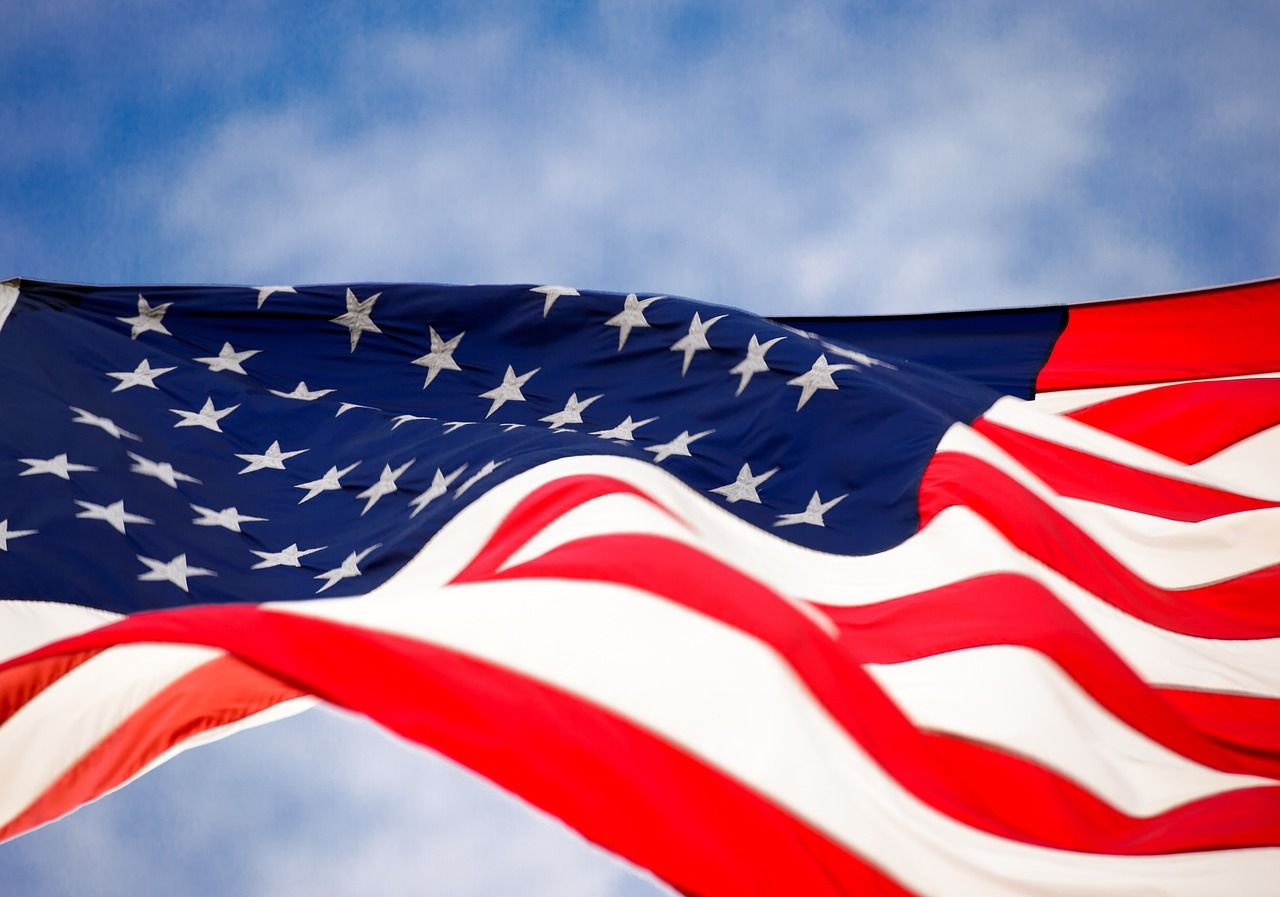Trump advisers drove tough trade negotiations, but no deal is fully wrapped

President Trump pushed his top economic and trade officials into high-speed talks this spring to secure agreements with major U.S. trading partners, after his decision in April to pause sweeping reciprocal tariffs announced on “Liberation Day” that had rattled global markets.
That pause triggered a coordinated effort led by senior figures in Washington to pressure foreign leaders into signing off on arrangements quickly, even if the final details were left for later.
By May, Stephen Miran, a senior economic adviser, traveled to France and Germany to warn officials that if they did not engage in serious talks with the U.S., their countries would face steep tariffs.
In June, he repeated the message to the European Commission in Brussels. The campaign, which has since produced a tariff truce with China and agreements with the EU, Japan, and South Korea, also saw the imposition of the highest overall U.S. tariffs since the Great Depression, with higher rates on nearly 100 countries taking effect on Thursday.
White House pursued fast-track agreements over lengthy trade deals
While Miran was delivering his threats in Europe, Treasury Secretary Scott Bessent, Commerce Secretary Howard Lutnick, and U.S. Trade Representative Jamieson Greer ran private negotiations.
Their focus was securing promises of major investment in the U.S. and tariffs aligned with Trump’s policy preferences. White House spokesman Kush Desai described the team as “delivering one historic trade deal after another” for American industries.
Trump’s approach with allies and rivals has been to push for broad, accelerated agreements instead of lengthy, legally binding trade deals.
Greer explained after talks with Chinese officials in Stockholm that “this is not like a free-trade agreement” with arbitration processes, but rather an emergency measure under the International Emergency Economic Powers Act, which Trump can change as needed.
Some of the announced deals still lack key details. In Southeast Asia, the administration has warned countries they will face doubled tariffs or more if their exports contain excessive Chinese content.
No threshold has been disclosed for what level of Chinese components would trigger the penalty. A senior official said the administration knows “what that rule of origin is going to be” but has not implemented it.
Retailers and governments in the Philippines, Vietnam, and Malaysia have not been briefed on the specifics. Elsewhere, agreements are still in progress. The U.S. and U.K. have not finalized terms for U.K. steel exports under their May pact.
U.S. and Japanese negotiators met this week to determine how automotive tariffs will be handled, while Tokyo’s promised $550 billion in infrastructure funding remains subject to Trump’s discretion.
Personal pressure on European leaders before key announcements
The administration faces an August 12 deadline, when tariffs on China will rise to as high as 85% if Trump does not extend the current truce.
In late July, ahead of a deal with European Commission President Ursula von der Leyen in Scotland, Lutnick personally called French President Emmanuel Macron, Italian Prime Minister Giorgia Meloni, and other EU leaders. Officials said he feared von der Leyen could not commit without their backing.
Macron resisted a broader agreement, but Lutnick warned that if France wanted Sanofi, its pharmaceutical giant, to stay in the country, it should not push back.
At the time, Trump was threatening more than 200% tariffs on non-U.S. pharmaceutical firms, a move that could have prompted Sanofi to relocate.
The final agreement imposed a 15% tariff on European pharmaceutical products, left U.S. goods tariff-free, and secured an EU commitment to buy $750 billion in American energy exports through 2028.
Just before Trump signed an order on July 31 setting a 39% tariff on Switzerland, Swiss President Karin Keller-Sutter called him to argue over the $38 billion U.S. trade deficit with her country. Trump later said she “didn’t want to listen” to his concerns. An aide to Greer told Keller-Sutter to present a strong plan to reduce the deficit.
Keller-Sutter flew to Washington but was unable to meet Bessent, Lutnick, or Greer. She instead met with Secretary of State Marco Rubio. A Swiss official said their proposal would cut the trade gap but declined to give details. No agreement has been reached.
Your crypto news deserves attention - KEY Difference Wire puts you on 250 top sites



 (1).jpg)

